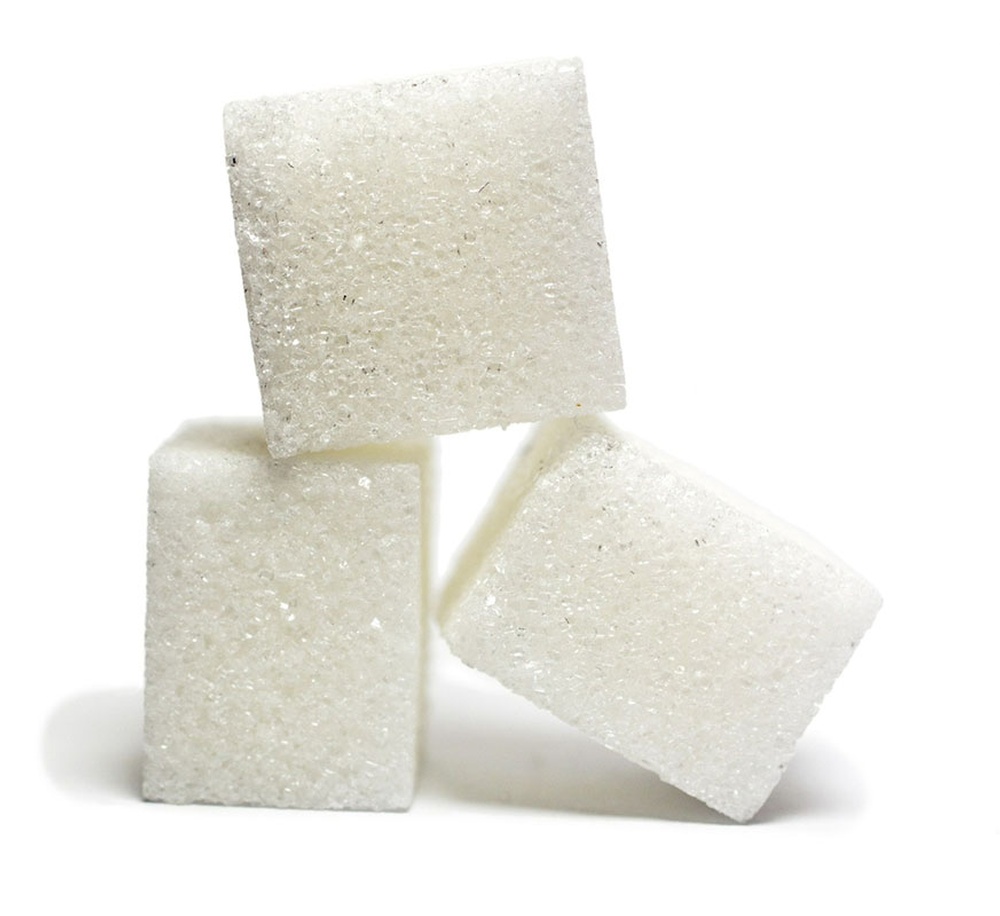That Sugar Film, Take 1

I recently watched “That Sugar Film” and wanted to share some thoughts. Briefly, the film is narrated by an Australian who puts himself on a typical Australian diet, which includes 40 teaspoons of “added” sugar a day. That amount of sugar far exceeds health recommendations, the American Heart Association recommends 9.5 teaspoons/day for men, 6 for women. Just to clarify, we are talking about “hidden” or added sugars, which appear on the ingredient list by another name, such as “organic cane juice”. To bring validity to the project, he recruits a team of medical experts to assist with the data collection. They measure weight, blood pressure, blood glucose, liver function, girth, and other markers of health prior to, during, and following the diet intervention. Also important, the total calorie consumption before, during, and after did not change. The movie was entertaining and worth watching but there are some points that need clarification.
- During one of the film’s “educational” segments, the narrator mentions the hormone insulin causes fat cells to resist removing fat (correct term is lipids) from the bloodstream. This is inaccurate, insulin encourages cellular uptake of glucose (a type of sugar), fatty acids, and amino acids from the bloodstream. However, we should be wary of oversimplification, as insulin does not work alone and the insulin pathway is not the only way glucose (and lipids) get from the bloodstream into cells.
- On day 12 our narrator found he gained 3 kg. The implication being the high-sugar diet caused the weight gain (even though his total caloric intake was similar). Early in the film we learn that 24% of his pre-film diet composed of carbohydrates, the rest was fat and protein, in effect, a low carbohydrate diet. When an individual increases the carbohydrate load in their diet, with no change in total calories, it is normal to see a 2-5 lb weight gain. This is simply a result of the hydrophilic nature of glycogen (stored carbs), every gram keeps 2-3 g of water with it, so increasing carbohydrates, means increased glycogen, and increased water in the body. This weight gain is not a warning sign, nor a health detriment. Consequently, this also works in reverse. Individuals who lower their carbohydrate intake (replacing with protein and fat) will note a 2-5 pound decrease in weight in the first two weeks. Protein and fat is hydrophonic (don’t like water), so the weight loss is attributed to less water packed into the body. In both cases, the weight change stops there, unless other measures are taken (change in total calorie intake, and/or physical activity). In the film, this weight change is credited to the evils of excessive sugar intake. The point here is that this weight change is not evil, and can result from any increase in dietary carbohydrates, not just simple sugar.
- The film depicts fruit as nature’s perfect package for taking in fructose (the most deviant type of sugar), providing 10-15 grams along with nutrients and most importantly fiber. Thus eating a serving of fruit gives us sugar as it was meant to be taken in, as opposed to fruit juice, which is essentially, extracting water and sugar from the fruit and drinking it. On face value, I agree, eating a whole piece of fruit is preferable to juice, for anyone. However, from an evolutionary perspective (and this film frequently mentions the evolutionary argument for limiting sugar intake), the fruit we buy at the grocery store, or even the farmer’s market (organic or not) IS NOT the fruit our ancestors consumed. Through breeding techniques we have modified the small, sour, berry-sized wild fruits of our ancestors into the larger, juicy, SWEET morsels they are today. Thus, even fruit we eat today is not “perfect” and should still be limited to 2 servings per day.
So to summarize:
- How our bodies metabolize food is enormously complex, simplified explanations (especially those involving sugar) are likely exaggerated, and certainly do not pertain to everyone equally. Listen for oversimplification, take it with a grain of salt
- A slight shift in weight from increasing of decreasing regular carbohydrate intake is not evil, its just water.
- Any fruit grown by humans in the last 15,000 years or so likely provides (or provided) more sugar than nature intended, that’s okay, just keep it to 2 servings per day
I will leave you with these clarifications today. I’ll share more thoughts on this movie, or rather on excess sugar in the diet on my next post, along with tips on keeping added sugars under control.
Thanks for reading!
Matt
Ready to make a change in your diet/eating habits? Better yet, ready to improve your life? Check out my remote, holistic, Nutrition Coaching program!
Published by mattktraining
I am currently the Owner of my soloprenuerial company Matt K Training. Through my fitness and nutrition programs I help adults develop skills and practices that help them eat, move, and recover well. Over the past 20 years, in various roles such as a Personal trainer, Exercise Physiologist, Clinical Researcher, and Health Coach I have helped hundreds of adults reach their health and physical performance goals. When not working, I enjoy active pursuits such as playing right field for the Charlton Giants (in a 38+ competitive baseball league), playing tennis, hiking, backpacking, and rock climbing. I also enjoy indoor activities such as playing strategy board games, reading and discussing science fiction literature, dabbling with my guitar, finding creative ways to eat oatmeal, and being a good dad.